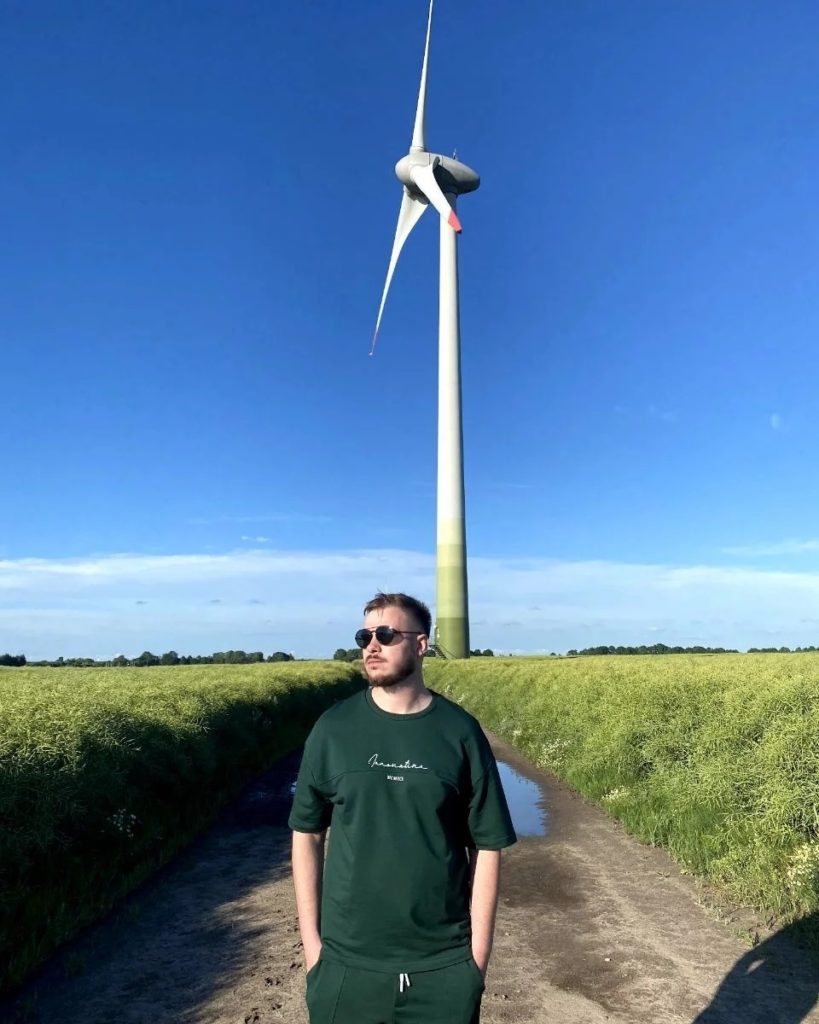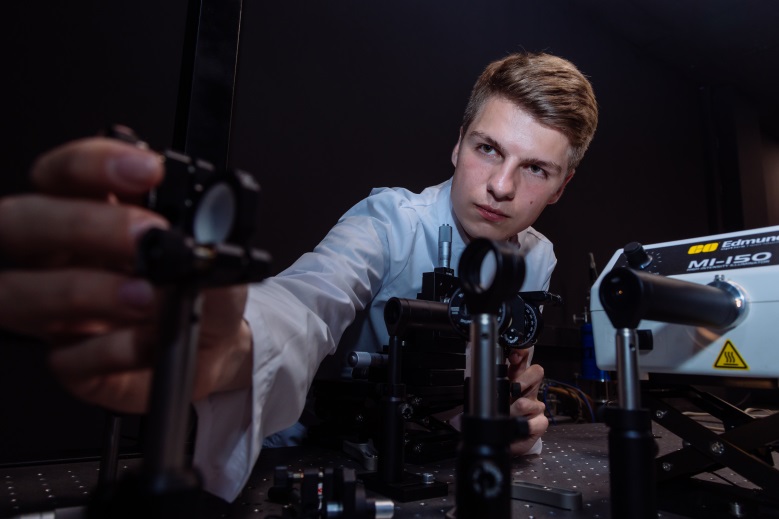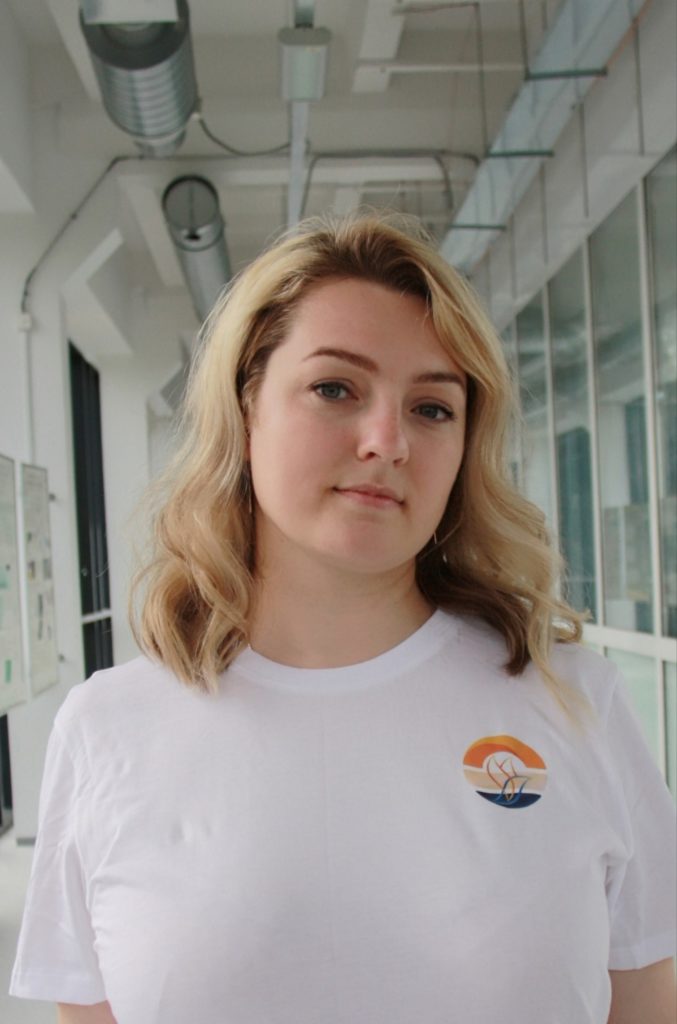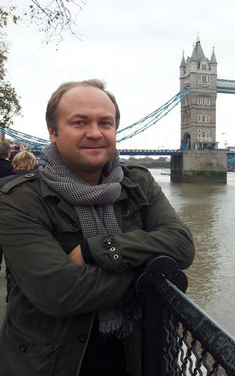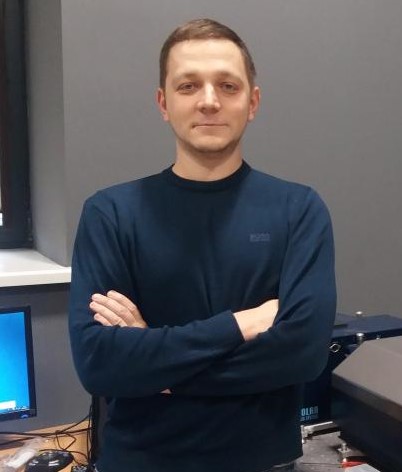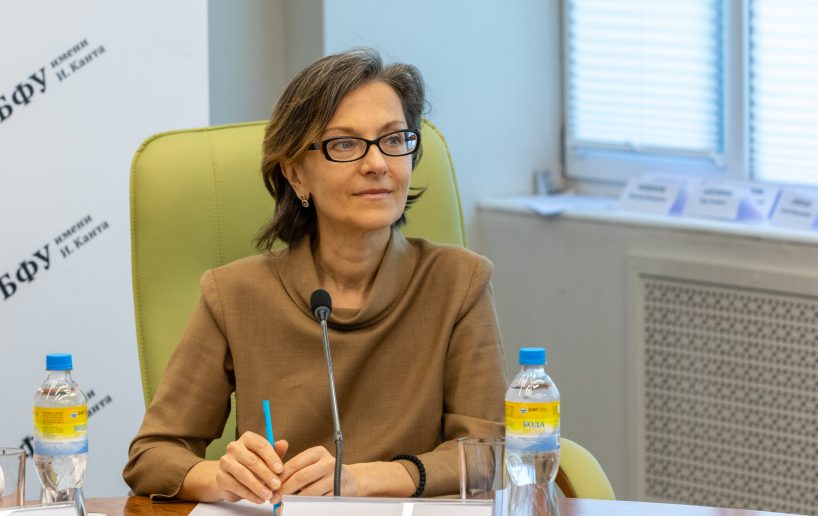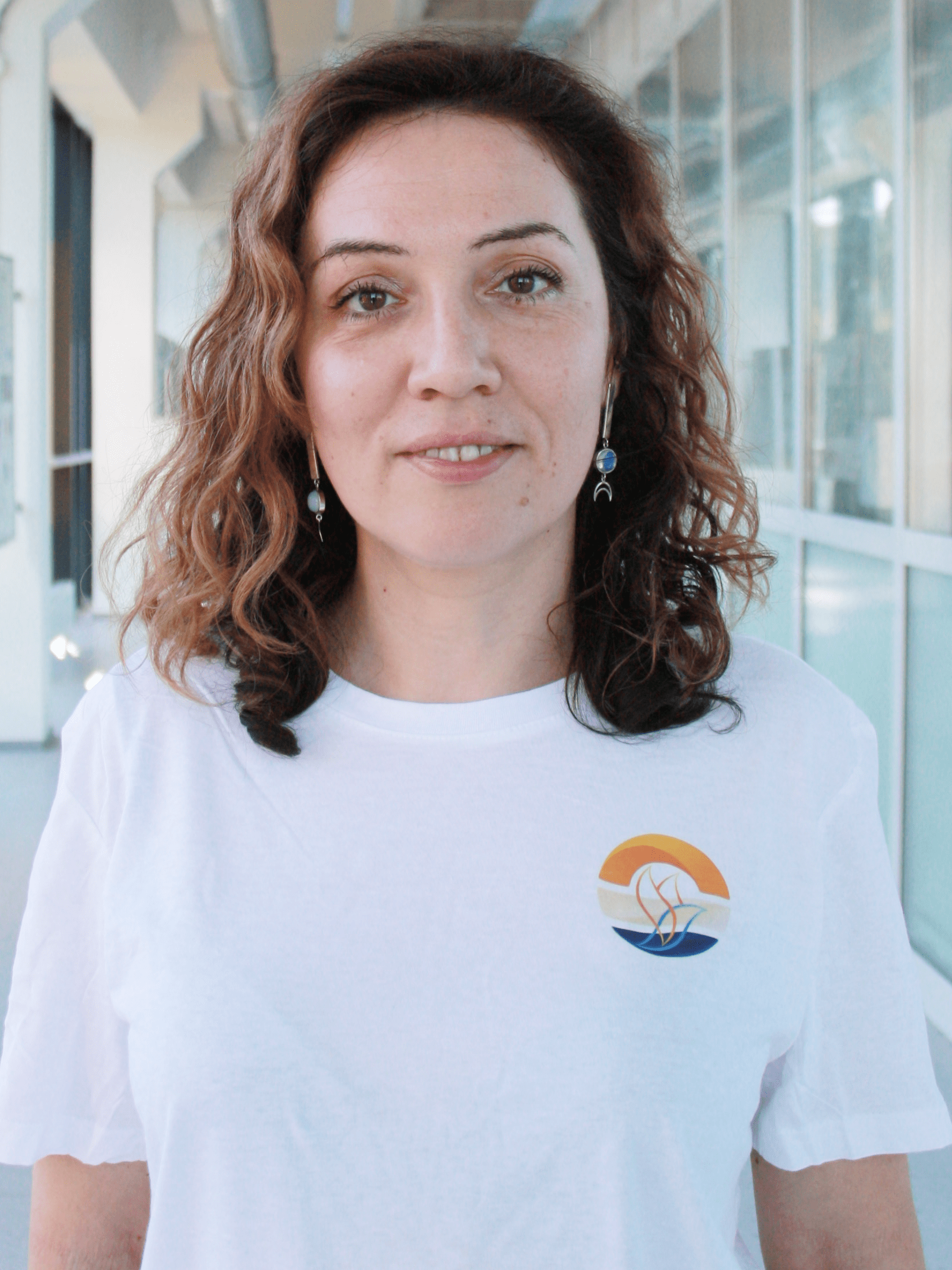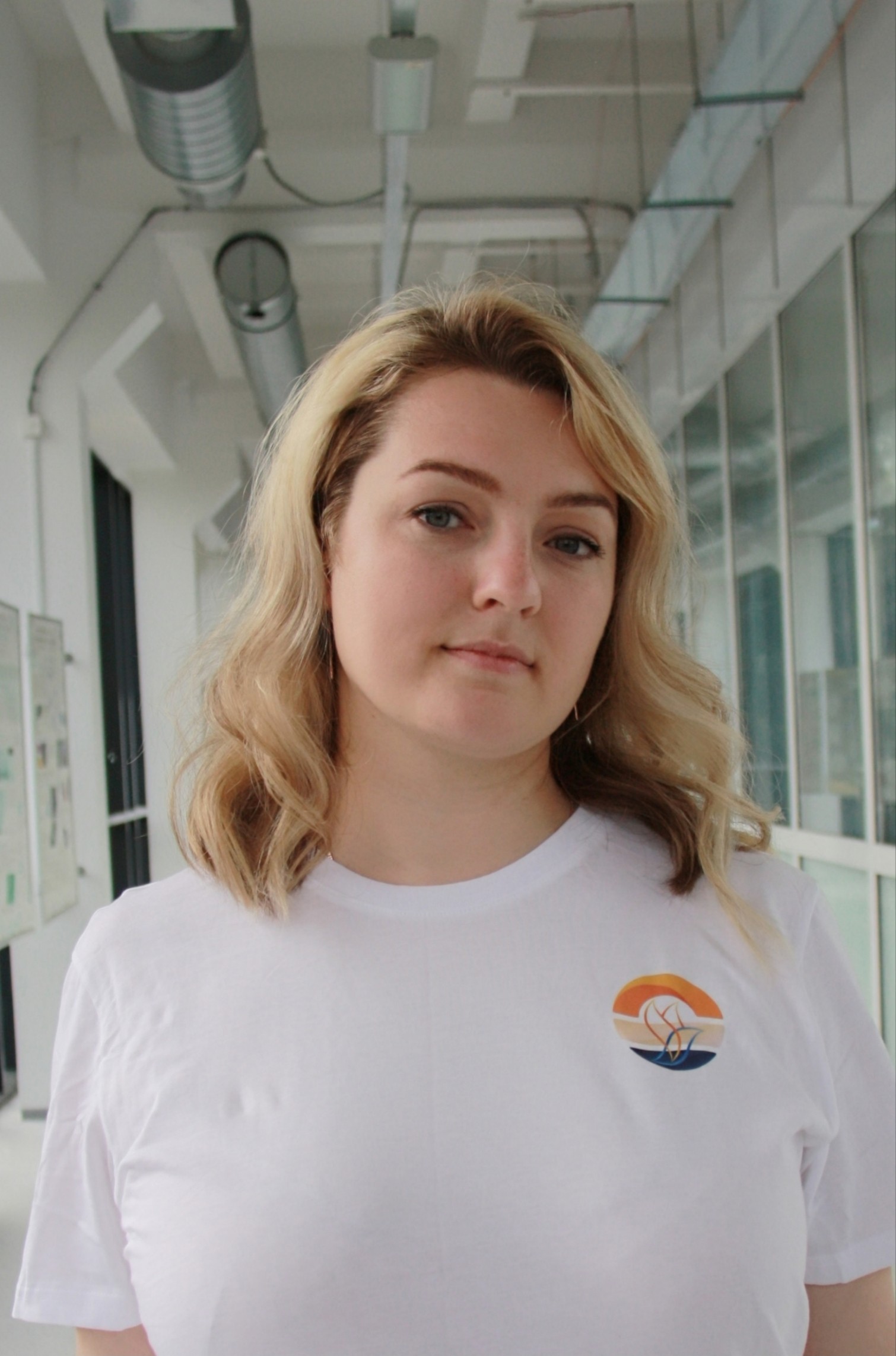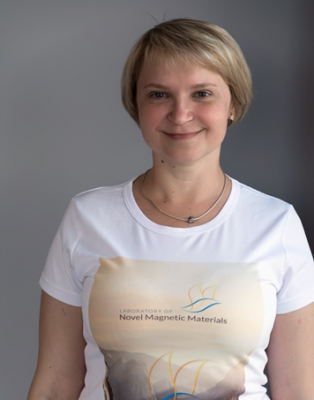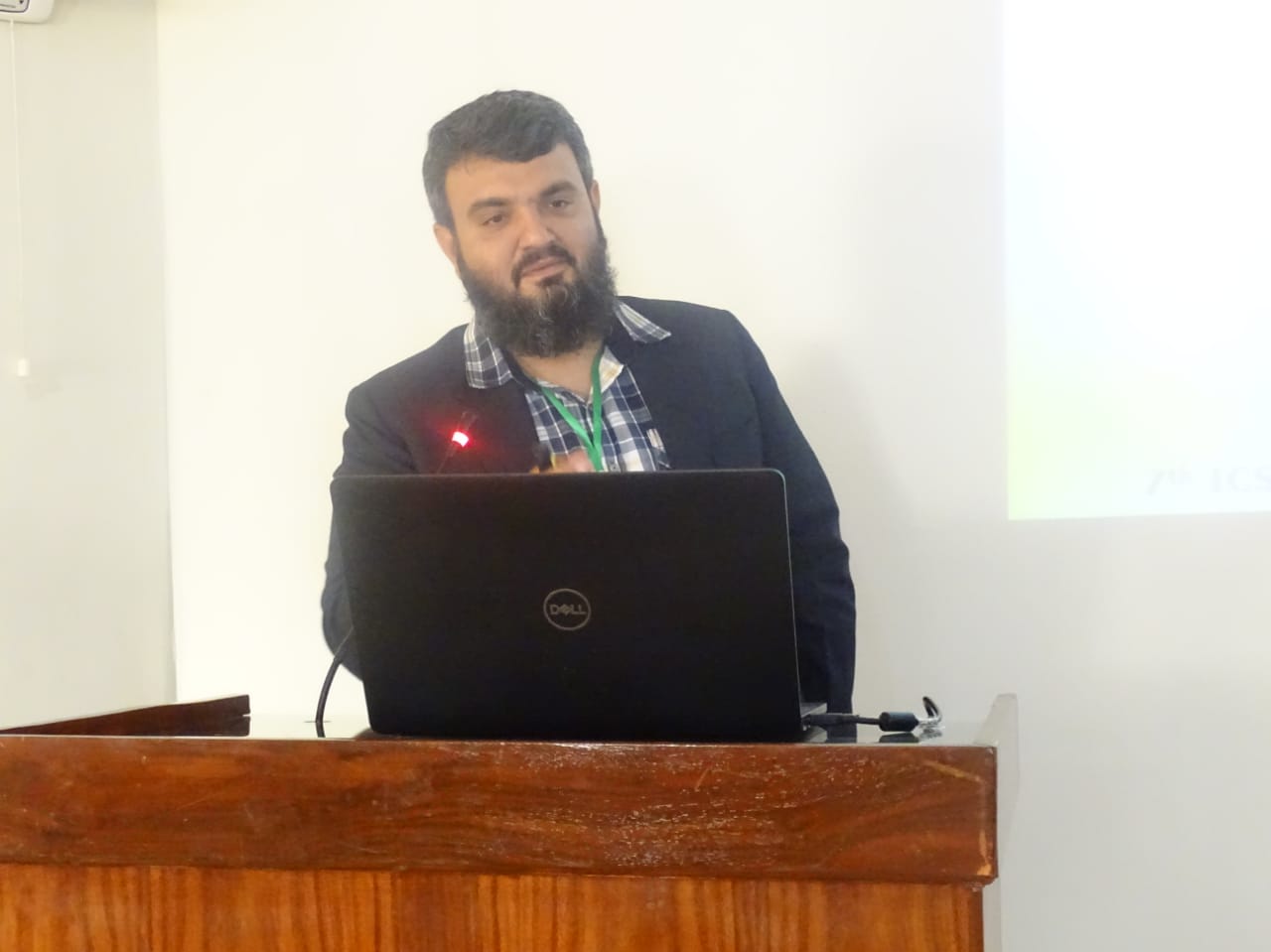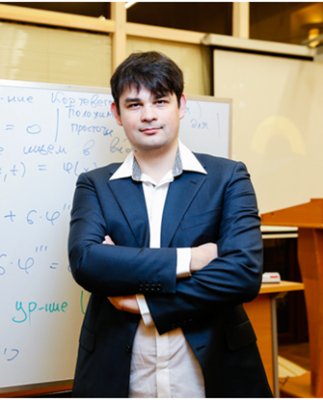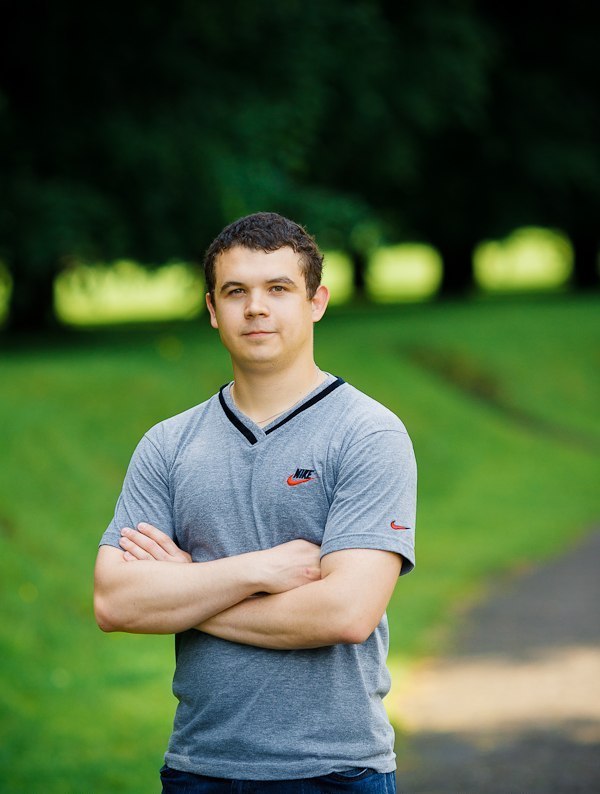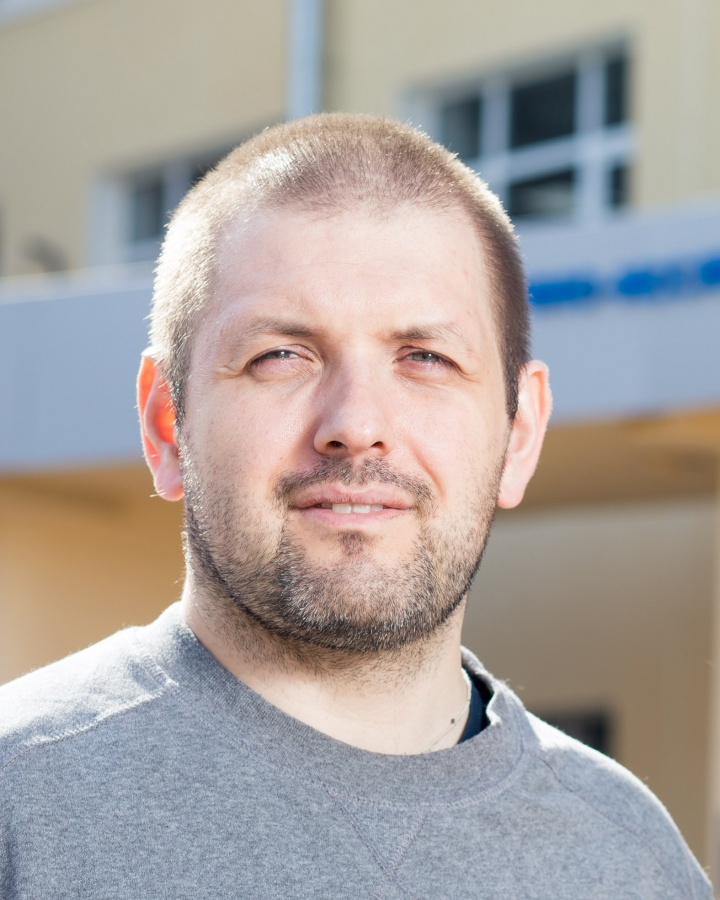
Date: August 9-13, 2016
Jurmala, Latvia
The investigation of magnetization dynamics in nano- and micro- objects is of a great interest due to its prospects in development of novel magnetic memory and logic devices [1-3]. Such devices can be implemented on the fast domain wall motion. The highest domain wall velocity, up to 8000 m/s, has been obtained in bistable glass coated amorphous ferromagnetic microwires [2-4]. Besides amorphous state the distinguishing feature of these microwires is the presence of internal stresses, which together with magnetostriction result in a significant effect on the magnetoelastic energy and thereby define the micromagnetic structure and reversal magnetization process.
In our work we considered separate and combined influence of the parameters determining the dynamics of the domain wall to provide for the first time the complex analysis and to find the ways to predict the remagnetization properties. We investigated series of Fe-, FeCo- and FeCoNi-based microwires with the ratio between the metallic nucleus diameter and the total diameter of microwires in glass shell ranging from 0.13 to 0.9, that vary considerably the value and distribution of internal stresses. The magnetic and magnetostrictive properties were investigated for all samples using induction and small angle rotation magnetization methods, respectively. The velocity of the domain wall was measured by Sixtus-Tonks technique. To estimate the micromagnetic structure and reversal magnetization features we investigated an angle dependence of the magnetic properties using vibrating sample magnetometer and field dependence of the perpendicular to the magnetic field component of the magnetic moment using vibrating sample anisometer. We established the correlation between value of internal stresses, axially magnetized core and velocity of the domain wall.
We showed that one of the effective ways to control the magnetic properties and the domain wall dynamics is an annealing. Annealing of Fe-based microwires result in increase the domain wall velocity up to 1.6 times. Annealing of Co68.7Fe4Ni1B13Si11Mo2.3 microwires, which in as-cast state had S-shape hysteresis loop, under applied stresses leads to dramatic changes of micromagnetic structure and magnetization reversal process – after annealing the microwires become bistable. The range of switching field is strongly depending on the annealing conditions, and hence, can be manipulated easily. This makes such microwires a promising candidate for the development on their base the novel devices.
References
- Katsuaki Sato, Eiji Saitoh, Spintronics for Next Generation Innovative Devices, John Wiley &Sons, Ltd., 2015.
- A. Zhukov, Novel Functional Magnetic Materials: Fundamentals and Applications, Springer, 2016
- M. Vazquez, Handbook of Magnetism and Advanced Magnetic Materials 4: Novel Materials. John Wiley &Sons, Ltd., 2007.–P.2192-2226.
- Varga R., Klein P., K. Richter, Zhukov A., Vazquez M., Fast domain wall dynamics in amorphous and nanocrystalline magnetic microwires, JMMM 324, 3566-3568, 2012
Ksenia Chichay1, Valeria Rodionova1, Valentina Zhukova2,3, Nikolay Perov4, Arkady Zhukov2,3
1Park of Science and Technology “Fabrika”, IKBFU, Kaliningrad, Russia
2 Dpto. Fisica de Materiales, Fac. Quimicas, UPV/EHU, 20018 San Sebastian, Spain
3 IKERBASQUE, Basque Foundation for Science, 48011 Bilbao, Spain
4Faculty of physics, Lomonosov Moscow State University, Moscow, Russia
“Baltic Spin 2016 – Magnetization Dynamics of Micro- and Nano-structures (Baltic Spin`16)”

